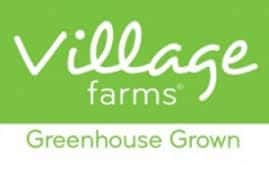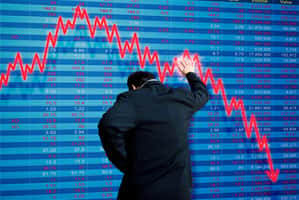While Village Farms International, Inc. (VFF) CEO Mike DeGiglio seems to enjoy an above average pay grade (when compared to other cannabis companies with similar market caps), the real question is whether he can deliver an above average earnings per share.
Having been CEO of Village Farms since 1989, DeGiglio is certainly not lacking in experience. And during the past three years, VFF has grown earnings-per-share (EPS) by 28% per year (based on a line of best fit).
Even though revenue has trailed throughout the past 12 months, Village Farms still managed to deliver a cumulative shareholder return of 960% during the last three years. And based on its most recent earnings report, sales increased by 27%.
A brief history…
Historically, Village Farms has been a non-cannabis farming operation. That changed when VFF decided to jump in and apply its farming expertise to the cannabis space with its joint venture with Pure Sunfarms, of which VFF owns 50%.
Initially, analysts applauded this Village Farms strategy, seeing the non-cannabis operations as a safety buffer against the volatility of cannabis markets. But now we’re getting to a point where VFF’s legacy produce business remains unprofitable, and it’s beginning to take a back seat in terms of the overall company value.
According to their recent Q2 2019 earnings, Village Farms reported $41 million of total legacy produce sales along with a $44 million of cost of sales. Unsurprisingly, this resulted in $7 million of net losses from operations. Some analysts have opined that the legacy produce side of the business was merely worth its market cap, before cannabis got into the mix.
It’s important to note that Village Farms market cap was only about $55 million before the company got into cannabis. Now their market cap is nearly 10 times that. Part of the reason that VFF’s legacy produce business has been declining is that the company has been doubling down on cannabis, putting most new investment and development strategy toward new greenhouses for cannabis, etc.
A bright future?
Village Farms cannabis joint venture began ramping up operations of its 1.1 million sq. ft. Delta 3 greenhouse back in April 2019. The facility is expected to produce 75,000 kg of marijuana on an annual basis, and Pure Sunfarms sold 8,000 kg of cannabis in the second quarter.
Keep in mind that Pure Sunfarms primarily sells to other licenses producers in the secondary market (versus selling directly to provinces), which typically command a lower selling price.
That being said, Pure Sunfarms still manages to eke out impressive margins. The company touts an all-in growing cost of $0.65 per gram, and expects to maintain all-in costs of less than $1.0 per gram throughout the rest of 2019.
Pure Sunfarms reached a gross margin of 84% in Q2, meanwhile the EBITDA margin came in at 78%. Some analysts speculate that this gross margin came in higher when compared to other licensed producers because Pure Sunfarms is able to share several corporate functions with Village Farms and Emerald Health, such as marketing and administrative expenses, taxes, etc.
Pure Sunfarms has already started converting a second greenhouse to cannabis production, known as Delta 2. It will be a similar-sized facility to Delta 3 and is expected to double Pure Sunfarms production capacity to 150,000 kg per year.
VFF shares were trading at $10.42 per share on Friday morning, down $0.08 (-0.76%). Year-to-date, VFF has declined %, versus a 18.12% rise in the benchmark S&P 500 index during the same period.
About the Author: Eric Bowler

Eric is an accomplished journalist providing in-depth insights for more than two decades, with a special focus on the cannabis industry. Learn more about Eric’s background, along with links to his most recent articles. More...






